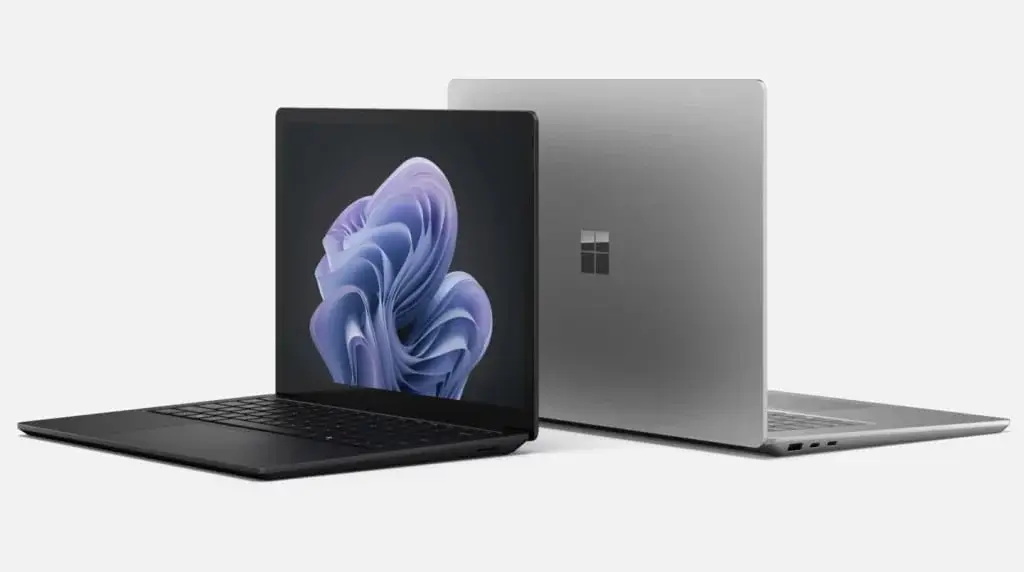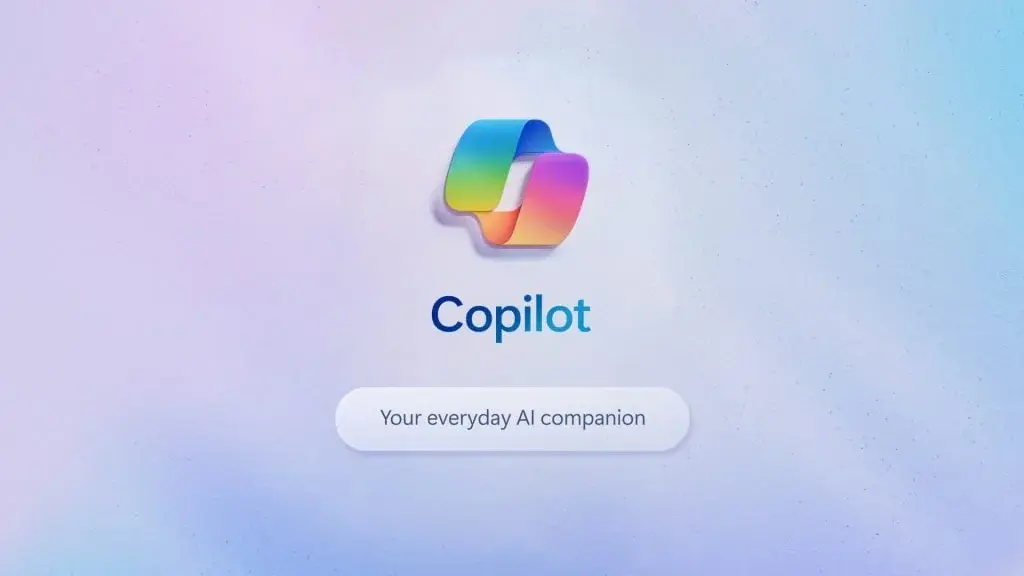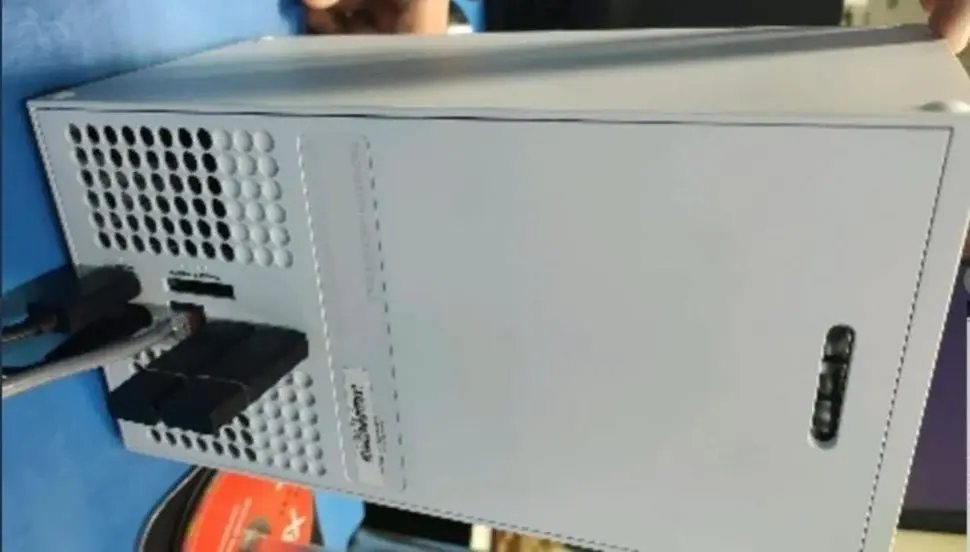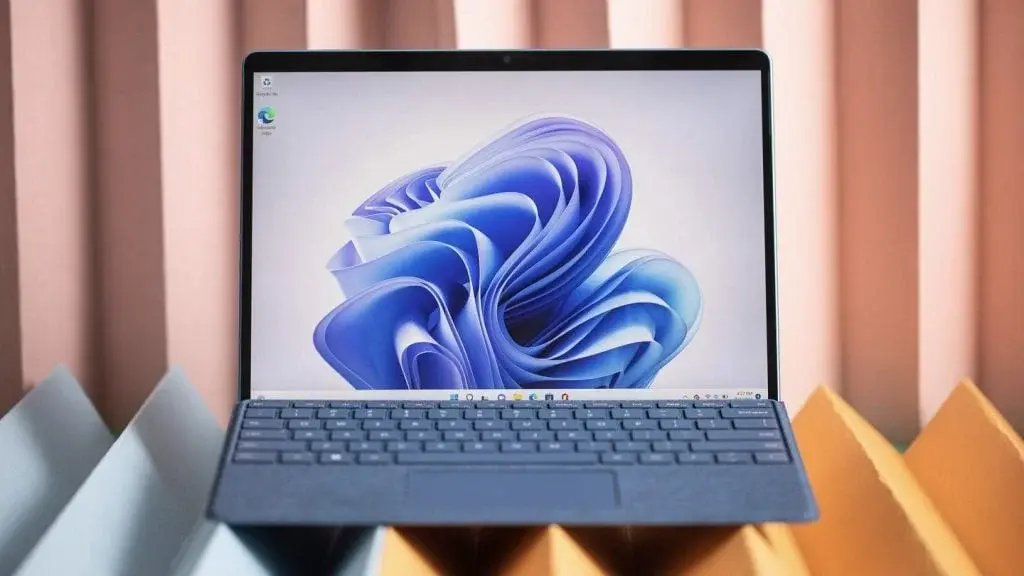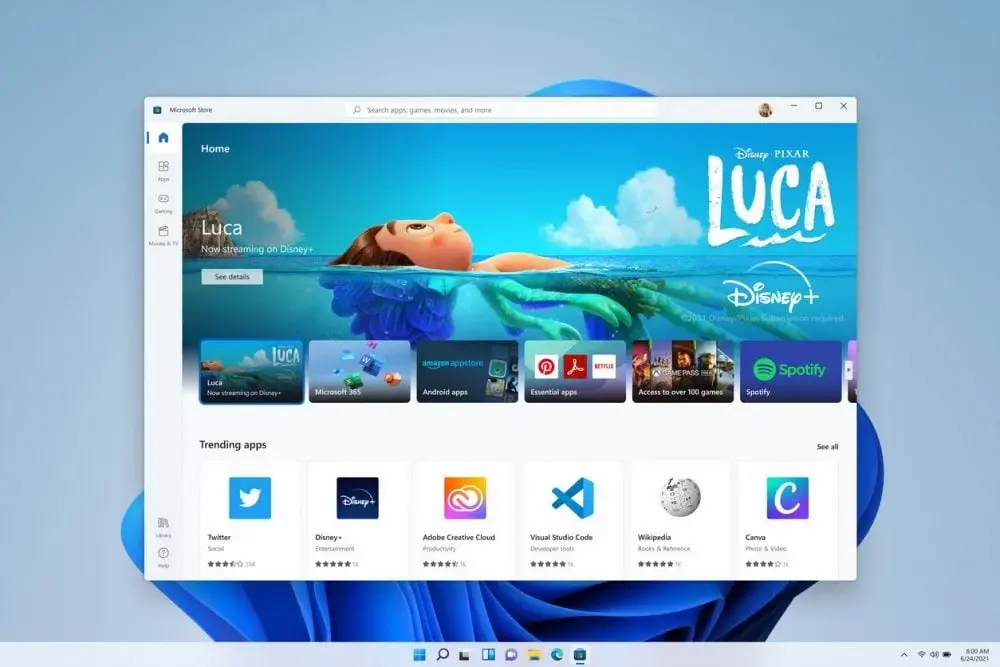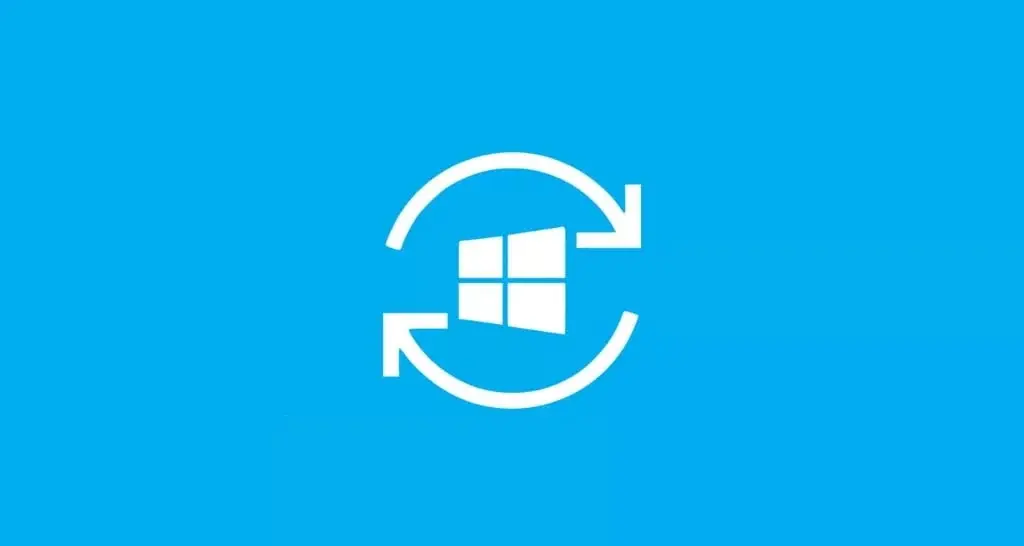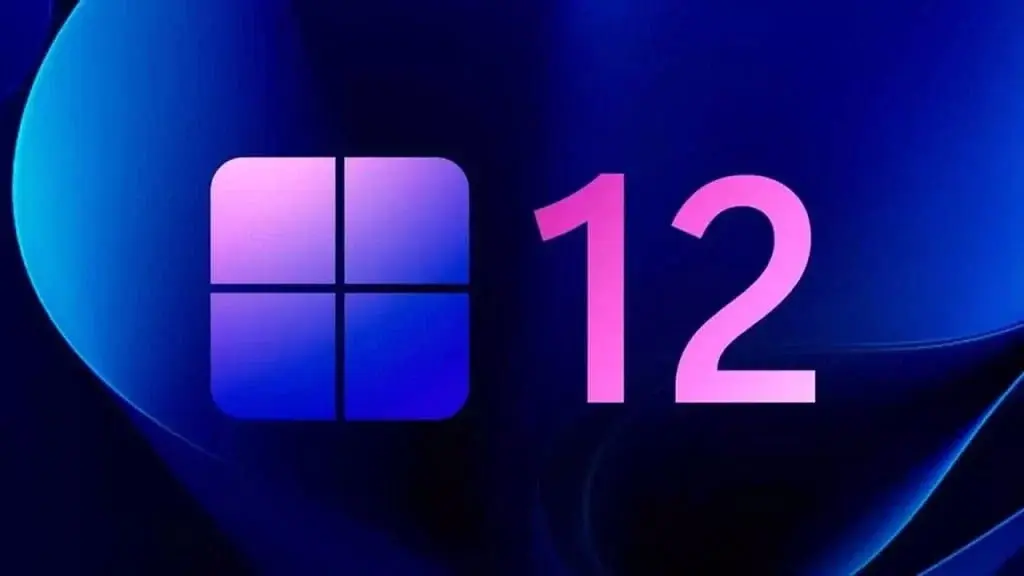Microsoft recently unveiled two innovative devices designed specifically to boost business productivity: the Surface Pro 10 and Surface Laptop 6 Business Editions. Both products provide cutting-edge technologies designed to boost professional productivity; initial announcement was in December 2018 – they can now be taken a closer look.
Surface Pro 10 Is an Essential Compass For Professionals
The Surface Pro 10 is tailored specifically for professionals on the go, offering Intel Core Ultra5 or Ultra7 processors equipped with NPU AI Boost technology for optimal performance. A standout feature of its 13-inch PixelSense touchscreen display with its 3:2 aspect ratio and 2880 x 1920 resolution produces vivid visuals – this ultralight design weighs only 879 grams making portability easy.
Cutting-Edge Features
- Storage Options: Ranging from 256GB to 1TB, users can choose from various solid-state drive options.
- Memory Configurations: Multiple options include 8GB, 16GB, 32GB, or 64GB of LPDDR5x memory for seamless multitasking.
- Enhanced Cameras: Equipped with a front-facing HD camera and a rear-facing 10-megapixel camera for video calls and professional-grade photography.
- Comprehensive Connectivity: Dual USB-C ports with USB 4/Thunderbolt 4 support, a Surface Connect port, and a dedicated Surface Pro keyboard port ensure versatile connectivity.
Surface Laptop 6 for Business Experience
The Surface Laptop 6 delivers an exceptional laptop experience tailored to business users. Boasting powerful Intel Core Ultra5 or Ultra7 processors equipped with NPU AI Boost, users can expect unparalleled performance. Available in both 13.5-inch and 15-inch PixelSense touchscreen models; each featuring anti-reflective technology to enhance viewing comfort.
Noteworthy Features
- Storage and Memory: Scalable storage options from 256GB to 1TB and memory configurations of 8GB, 16GB, 32GB, or 64GB of LPDDR5x memory for efficient multitasking.
- Camera and Security: Includes a built-in front-facing HD camera (1080p) for video conferencing and Windows Hello facial recognition for secure logins.
- Connectivity Options: The 13.5-inch model offers a USB-C port with USB 4/Thunderbolt 4, a USB-A 3.1 port, a 3.5mm headphone jack, and a Surface Connect port, while the 15-inch version adds an extra USB-C port and, in certain setups, an integrated smart card reader slot.
Pricing and Specifications
- Surface Pro 10: Starts at 9,888 yuan (approximately $1,523 USD) and goes up to 22,888 yuan (approximately $3,520 USD) for the most powerful configuration.
- Surface Laptop 6: Prices begin at 12,288 yuan (approximately $1,890 USD) for the 13.5-inch model and can reach 21,088 yuan (approximately $3,243 USD) for the 15-inch variant.


